|
Name
|
Institution
|
Website/
ORCID
|
Personal Statement
|
|
Robert C. Allen (Chair)
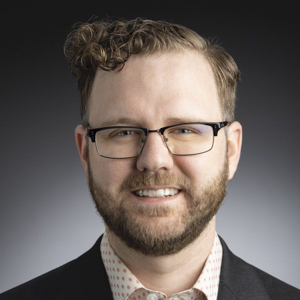 |
SwRI
|
Website/
ORCID
|
My research interests lie in space plasma phenomena. This includes particle acceleration in the solar wind, interactions between the solar wind and planetary magnetospheres and surfaces, sources and evolution of magnetospheric plasma, wave-particle interactions, and space flight instrumentation. Experience includes comprehensive studies of plasma origin and subsequent evolution and acceleration in the magnetospheres of Venus, Earth, Jupiter, and Saturn, investigations of EMIC wave generation and propagation in the Earth’s outer magnetosphere, particle acceleration in the solar wind, as well as space flight instrumentation/calibration and space mission design. Responsibilities include serving as the Instrument Scientist for the Suprathermal Ion Spectrograph (SIS) sensor on Solar Orbiter, as a member of the Parker Solar Probe Project Science team, and as an Associate Editor for Frontiers in Astronomy and Space Sciences.
|
|
Savvas Raptis (Co-Chair)
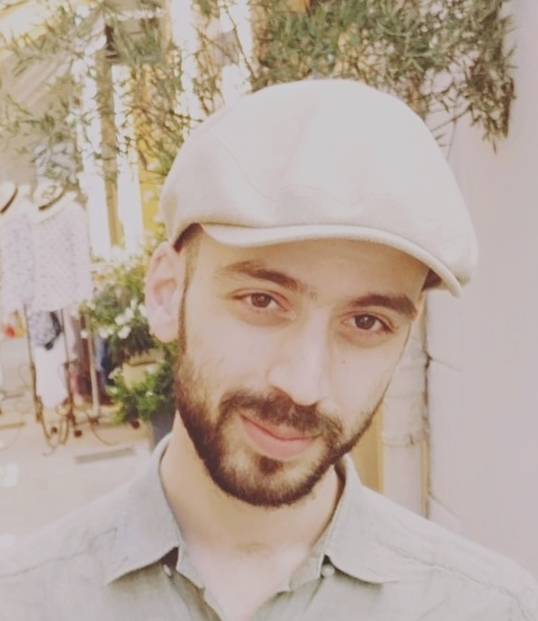 |
JHU/APL
|
Website/
ORCID
|
My research interests are in the broader field of Heliophysics, space physics and machine learning applications. So far, I have mostly worked on collisionless shocks in space plasmas and in particular around the Earth’s bow shock. I have studied foreshock phenomena, the evolution of waves and their connection to particle dynamics. I have also worked on different forecasting projects, using neural networks to classify high-speed jets downstream of the Earth’s bow shock, and forecast solar energetic particles (SEPs). My main observational work has been through the NASA’s Magnetosphere Multiscale mission, for which I have been contributing as a Scientist-in-the-loop (SITL) for many years. Recently, I started working more on nightside phenomena of Earth’s magnetosphere by combining the use of simulations and data-driven models.
|
|
Gilly (Secretary & Webmaster)
 |
SwRI - Boulder
|
Website/
ORCID
|
I got my PhD in Astrophysical and Planetary Sciences at the University of Colorado Boulder in 2022 with Dr. Steven Cranmer at the Laboratory for Atmospheric and Space Physics (LASP). Now I work on several projects at the Southwest Research Institute in Boulder, including forward-modeling the solar atmosphere's magnetic environment and performing image processing and analysis. I am honored to be one of the inaugural Associate Investigators for the PUNCH mission (website), as well as the AGU SPA Webmaster (website).
|
|
Bea Gallardo-Lacourt
 |
GSFC & CUA
|
Website/
ORCID
|
My research interests are in magnetosphere-ionosphere coupling, specifically space plasma phenomena that take place at auroral and subauroral latitudes. I have experience combining in-situ and ground-based instrumentation to understand plasma dynamics at those latitudes. More recently, I have been involved with understanding the physics behind the formation and evolution of a new ionospheric phenomena termed STEVE. In addition to research, I currently serve as Associate Investigator for the NASA Mission Polarimeter to Unify the Corona and Heliosphere (PUNCH), chair of the GEM Focus Group “Mesoscale Drivers of the Nightside Transition Region,” and the GDC ground-based coordination lead. In addition, I am the Geospace editor for AGU books, and I serve as secretary in the National Society of Hispanic Physicists. My motivation to participate in the Early Career (EC) Leadership Advisory Committee (LAC) is to bring the perspective of my EC peers to the SPA leadership. I hope that the initiatives of the EC-LAC can make EC progress easier to navigate, as well as bring benefits to the entire SPA community.
|
|
Bharat Kunduri
 |
VT
|
Website/
ORCID
|
My research focuses on understanding the dynamics of the coupling between the magnetosphere-ionosphere-thermosphere system. In particular, I utilize data from the Super Dual Auroral Radar Network (SuperDARN) to analyze features like Sub Auroral Polarization Streams and their impact on mid-latitude ionospheric electrodynamics. Some of my more recent work involves analyzing the behavior of high-frequency radio wave propagation and determining the relationship between features like sporadic-E and thermospheric tides. |
|
Hadi Madanian
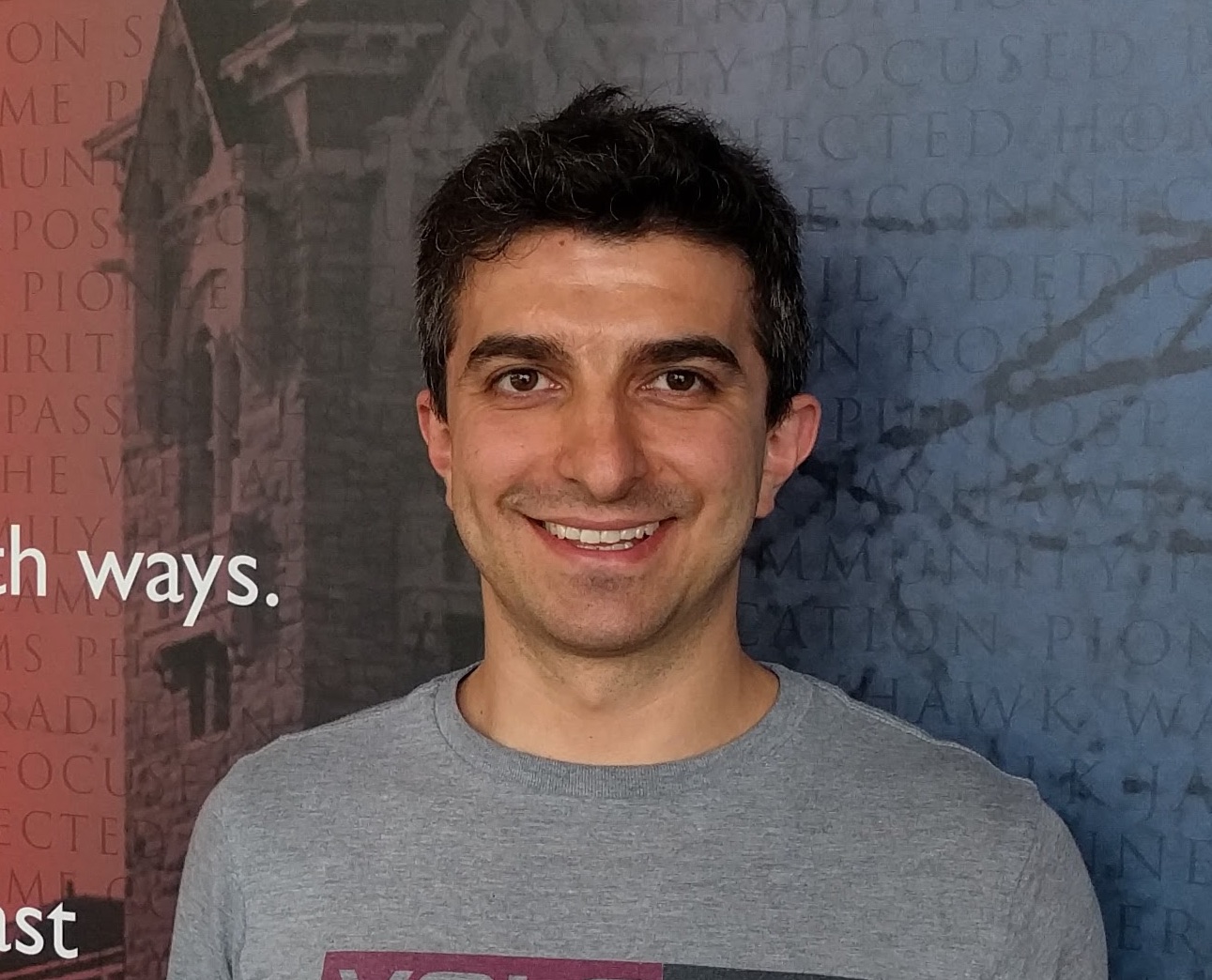 |
NASA/CUA
|
Website/
ORCID
|
My research is on plasma processes and boundaries around objects in the solar system. I received my PhD from the University of Kansas, where I studied solar wind interactions with comet 67P/Churyumov-Gerasimenko. In my recent work, I have concentrated on ion kinetic processes and nonstationarity effects at Earth’s bow shock. I have been involved in analysis of returned data from several NASA missions including, Cassini, Rosetta (ESA+NASA), RBSP, MMS, THEMIS, and MAVEN. I combine spacecraft data analysis with theoretical models and numerical simulations and make model-observation comparisons when possible.
|
|
Ryan McGranaghan

|
Orion Space Solutions
|
Website/
ORCID
|
Ryan McGranaghan is a Data Scientist and Research Scientist at the NASA Jet Propulsion Laboratory, where he works with the Machine Learning and Instrument Autonomy (MLIA) group to apply data science techniques robustly and responsibly to the Earth and Space Sciences, to cultivate cross-NASA Center collaborations, and to explore more cohesive and plural scientific communities.
Ryan studies the solar wind-magnetosphere-ionosphere system, focusing on multiscale coupling phenomena like ionospheric conductivity. He bridges across basic and applied research, using improved understanding of the coupled system to help improve the resiliency of technologies and life affected by space weather.
In all of his work, Ryan takes a multi-disciplinary (what he terms ‘antidisciplinary’) approach to the study of space, bringing together traditional space physics with innovation from the fields of data science and sociology.
|
|
Agnit Mukhopadhyay

|
The MathWorks Inc.
|
LinkedIn/
ORCID
|
I am an aerospace engineer turned space scientist with a penchant for computer science. My research expertise broadly encompasses visualizing geophysical data using advanced numerical methodologies and state-of-the-art software schemes to conduct physics experiments. My interests lie in global simulations of atmospheric and near-Earth space environment data, 3D mathematical modeling and projections, geo-scenarios involving satellite constellations and geodesy in planetary environments. My geophysics background has predominantly been in space weather and magnetosphere-ionosphere physics, while my engineering background trained me in investigating fluid dynamics and plasma physics. I am currently involved in an industrial role that employs the best of both my engineering and scientific training to develop Next-Gen visualization software for mapping in-situ and statistical data in applied STEM tools.
|
|
Mike Heyns
 |
Schmidt Science Fellow, Imperial College London
|
Website/
ORCID
|
My current research interests lie in the hybrid coupling of machine learning approaches and physics-based models/simulations for operational space weather deployment. This forms part of my broader focus of driving research to operations activities and delivering space weather forecasting products to end-users within the UK, Europe and Africa. My background has chiefly been in geophysical modelling and power systems engineering, where my research focused on modelling and understanding the effects of geomagnetically induced currents.
|
|
Milo Buitrago-Casas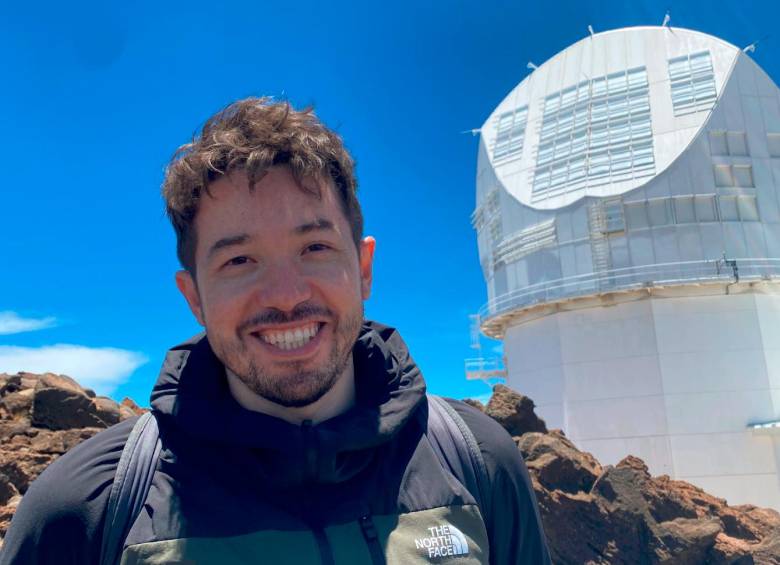
|
SSL - UC Berkeley
|
ORCID
|
I am a solar physicist specializing in high-energy phenomena driven by solar flares, with a focus on the early signatures of large flares (pre-impulsive phase) and solar X-ray polarization. I have been an active member of the FOXSI (Focusing Optics X-ray Solar Imager) team, contributing to three last successful NASA sounding rocket launches, and now serve as the Principal Investigator for the upcoming FOXSI-5 mission. Beyond my research, I am passionate about science communication and education, currently serving as Chair of the Education and Public Outreach Committee of the Solar Physics Division of the American Astronomical Society.
|
|
Claire Gasque
|
SSL - UC Berkeley
|
Google Scholar/
ORCID
|
I am an Assistant Researcher at the Space Sciences Laboratory, University of California, Berkeley, where I recently completed my Ph.D. My research focuses on ionosphere-thermosphere (I-T) coupling, with an emphasis on using satellite data combined with modeling to understand neutral wind dynamics, ionospheric electrodynamics, and photoemission chemistry. I have worked to study the I-T response to natural hazards such as the 2022 Tonga volcanic eruption, as well as more recently to understand the physics behind subauroral phenomena such as STEVE and the picket fence.
Beyond my research, I am committed to making heliophysics accessible to both students and the broader public. I help coordinate the ASSURE program, an NSF-funded REU at UC Berkeley which aims to provide California Community College students with their first research experiences. I also actively engage in science communication through public lectures and outreach. Through my involvement in the AGU Early Career Leadership Advisory Committee, I aim to amplify the voices of my peers, ease early-career transitions, and contribute to creating a welcoming space for all members of the heliophysics community.
|
|
Komal Kumari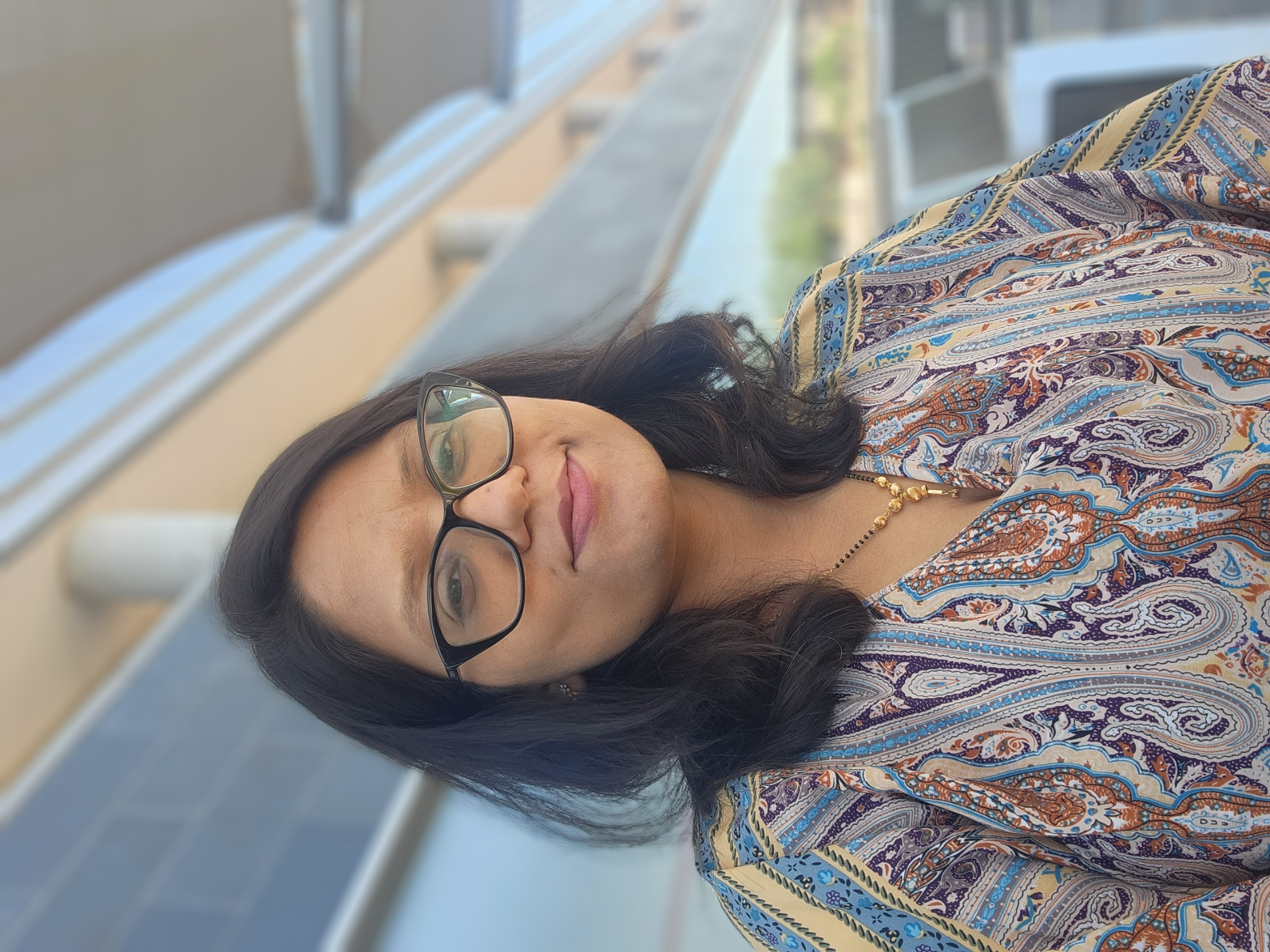
|
HAO
|
TBD
|
I am an ASP postdoctoral fellow at High Altitude Observatory affiliated with the National Center for Atmospheric Research, specializes in studying nonlinear wave dynamics within the upper atmosphere, covering regions from the equator to the poles. I earned my PhD in Physics from Clemson University in May 2021 and subsequently served as a postdoctoral researcher at Arizona State University's School of Earth and Space Exploration until December 2023. With seven years of expertise in handling observational and model-assimilated data, I am skilled in the analysis of satellite temperature observations, ground-based scanning doppler imager data, and meteor radar observations pertaining to winds associated with tidal-wave-scale, planetary-wave-scale and traveling gravity-wave-scale phenomena. I am primarily interested in researching the role of wave coupling processes in connecting the dynamics of the lower and upper atmosphere. I have served as a CEDAR student representative during my graduate studies and I am passionate about engaging with diverse early-career researchers, providing support, and contributing to their growth through community initiatives.
|
|
Garima Malhotra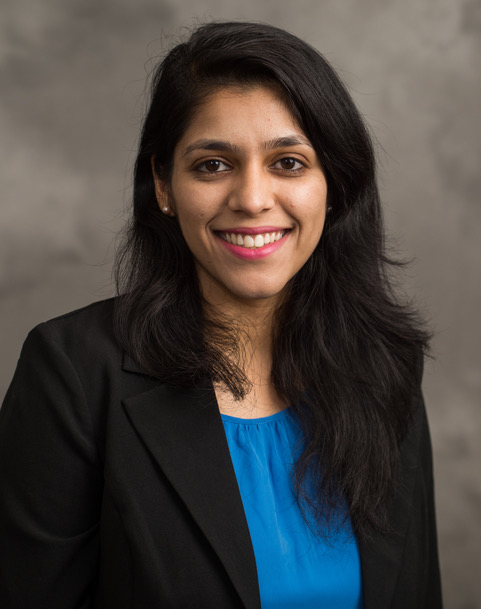
|
CIRES, University of Colorado Boulder
|
ORCID/
LinkedIn
|
I am an early-career physicist specializing in space sciences, numerical modeling, machine learning, and data analysis. I earned my Ph.D. from the University of Michigan, Ann Arbor, in 2021. My research focuses on vertical coupling in the Earth's ionosphere-thermosphere system and advancing whole atmosphere modeling techniques to improve space weather forecasting. I have extensive experience with the Whole Atmosphere Model (WAM-IPE), thermosphere modeling (GITM), and data assimilation. Beyond my research, I am keen on exploring collaborations between the private and public sectors to enhance space science applications and innovations. I have also held several leadership roles throughout my academic career, advocating for science outreach and the professional development of early-career researchers.
|
|
Parisa Mostafavi
|
JHU/APL
|
ORCID
|
I am currently a Research Scientist at Johns Hopkins Applied Physics Laboratory, and my research focuses on heliophysics and space plasma physics. I earned my Ph.D. from the University of Alabama in Huntsville in 2019. My work combines data analysis and theoretical modeling to investigate particle heating, acceleration, and the physics of collisionless shocks mediated by energetic particles, such as pickup ion-mediated shocks and solar energetic particle-mediated shocks. I have analyzed data from multiple spacecraft, including Parker Solar Probe and Solar Orbiter, which explore the inner heliosphere, as well as New Horizons and Voyager, which provide insights into the outer heliosphere. Through a combination of observational and theoretical approaches, my research aims to advance our understanding of shock physics and particle acceleration and heating processes across the heliosphere. Beyond research, I am passionate about community service, outreach, and supporting early-career scientists in the space physics community.
|
|
Eduardo Perez Macho
|
INPE, Brazil
|
ORCID
|
My research focuses on ionospheric dynamics, particularly scintillations and the ionospheric responses to geomagnetic events. With a strong academic foundation in Electronic Engineering and Physics, I specialize in space weather and have extensive hands-on experience with ground-based instrumentation and SuperDARN radars, including in challenging remote environments. For example, I have participated in two Antarctic expeditions, during which I reinstalled GNSS receivers and riometers, and conducted maintenance on SuperDARN radars at two sites in Alaska. These experiences have deepened my understanding of polar ionospheric phenomena. Currently, I am a Postdoctoral Researcher at INPE, Brazil, where I contribute to space weather research. I am also an active member of AGATA, a network dedicated to advancing polar space weather studies. I am enthusiastic about the opportunity to collaborate within the Early Career (EC) Leadership Advisory Committee (LAC) and bring diverse perspectives to the group.
|